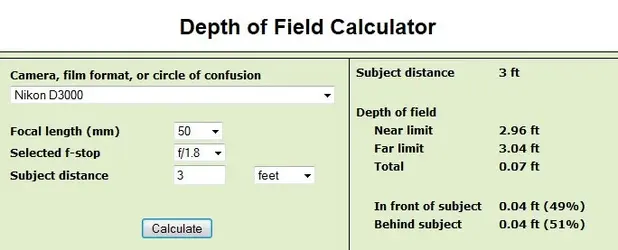nola.ron
No longer a newbie, moving up!
- Joined
- Nov 27, 2012
- Messages
- 255
- Reaction score
- 50
- Location
- New Orleans
- Can others edit my Photos
- Photos OK to edit
Today was a huge let down! I ordered my 50mm 1.8G this week and today I received a 35mm 1.8G instead. I still took it out for some test shots and wow, what a difference with a fast lense! Impressed with low light performance compared to my kit lenses! But I noticed that my focus seems to be off. I have not done much up close photography of animals/people, so I guess this is my first chance at noticing something wrong.
On all of these images I used spot focusing on the eye closest to me. I compose the image, then move the focus point as close to the closest eye I can and then recompose to get it spot on the eye. I have included 2 different shots.. both are processed but 1 of each is sharpened and the other is not sharpened. I notice that the focus looks fine after sharpening, but not before? Is this correct?
In the unsharpened images it looks like the focus point was actually on her nose or snout rather than the eye. What am I doing wrong here? You may have to view full size and zoom in on the face to see what I am talking about. I can't see it here but could see it during processing.
These images were literally ONLY FOR TESTING of low light performance on this lense!
1: No sharpening

Focus 1 unsharpened by nola-ron, on Flickr
1: Sharpened

Focus1 by nola-ron, on Flickr
2: No sharpening

Focus2 by nola-ron, on Flickr
2: Sharpened

Focus2 Sharpened by nola-ron, on Flickr
On all of these images I used spot focusing on the eye closest to me. I compose the image, then move the focus point as close to the closest eye I can and then recompose to get it spot on the eye. I have included 2 different shots.. both are processed but 1 of each is sharpened and the other is not sharpened. I notice that the focus looks fine after sharpening, but not before? Is this correct?
In the unsharpened images it looks like the focus point was actually on her nose or snout rather than the eye. What am I doing wrong here? You may have to view full size and zoom in on the face to see what I am talking about. I can't see it here but could see it during processing.
These images were literally ONLY FOR TESTING of low light performance on this lense!
1: No sharpening

Focus 1 unsharpened by nola-ron, on Flickr
1: Sharpened

Focus1 by nola-ron, on Flickr
2: No sharpening

Focus2 by nola-ron, on Flickr
2: Sharpened

Focus2 Sharpened by nola-ron, on Flickr
Last edited:













![[No title]](/data/xfmg/thumbnail/38/38732-8364f5190d3f325e8ee02d23404a610c.jpg?1734172600)

